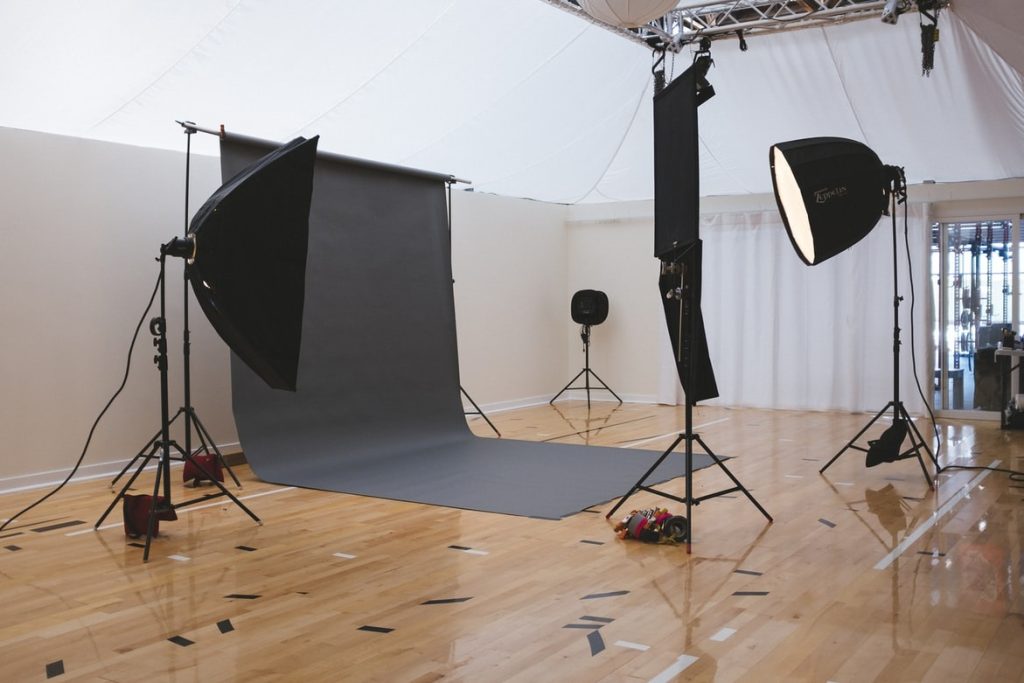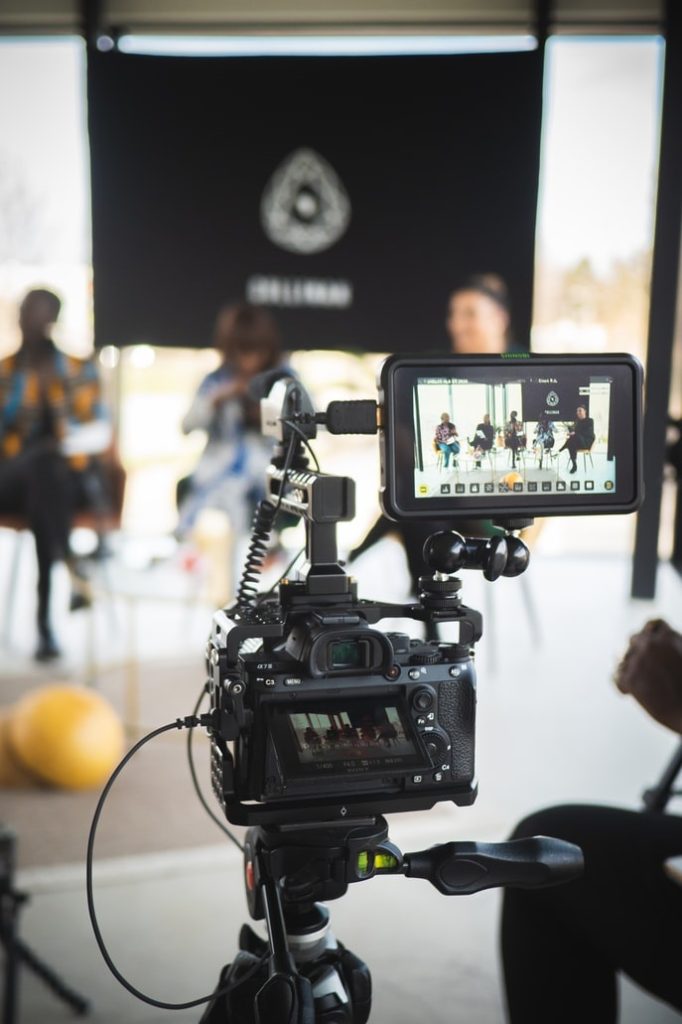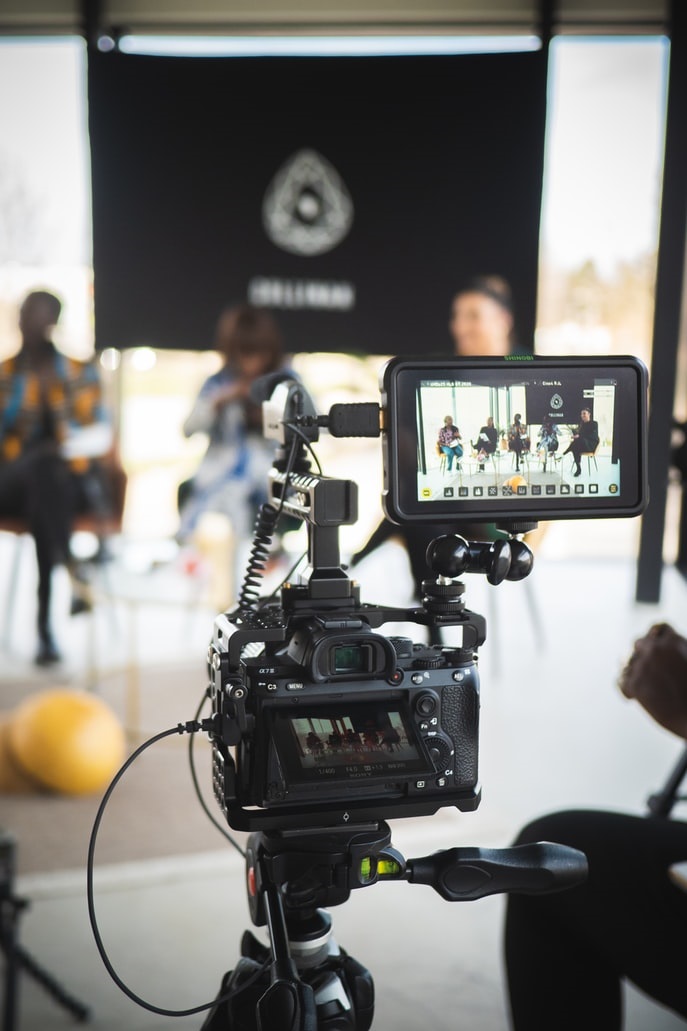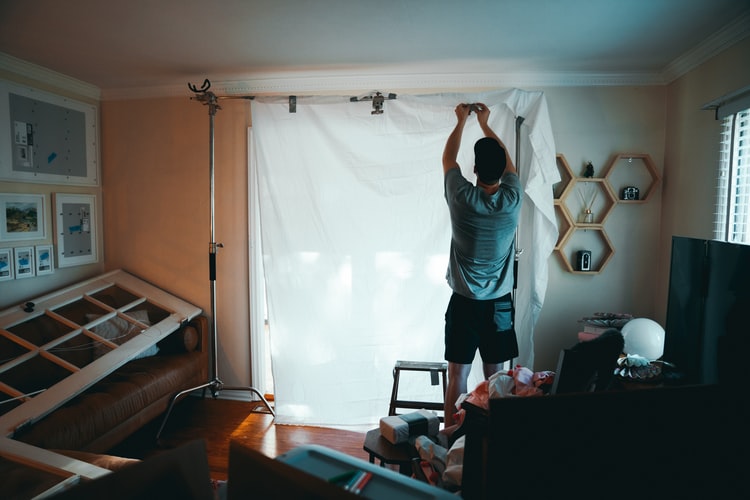Many digital marketers, corporate comms specialists, and communicators of all kinds have convinced themselves that digital video content is the enormous, terrifying monster in E-Commerce. With over a billion online social media viewers watching over 500 million hours of digital video per day, social media platforms provide limitless opportunities for digital marketing teams. However, with over 90% of all internet marketers using digital video content to promote their wares, digital video production has gotten saturated.
To stand out from the crowd, you must improve the quality of your film or digital video production. Else, you will be forgotten. Producing it is similar to creating any other type of content, with a few exceptions. This post will walk you through the digital video production process step by step, with recommendations for each stage, so you can stop being afraid and start feeling strong and enthusiastic.
PLAN YOUR VIDEO STRATEGY

Make a robust content strategy for your digital video production. This necessitates the preparation of various items, including the answers to the following questions: Whether you should make your video content in-house or hire someone else to do it, how to target your audience and distribute your video to ensure that it gets seen by them.
How to repurpose and reuse your film to its fullest. It would help if you also thought about accomplishing all of this while staying within your budget and deadline. Essentially, a good approach is critical to your video’s success.
That’s a lot of pressure, but don’t get too worked up about it. Creating a video plan is identical to creating a strategy for any other type of marketing. You might still have the uneasy feeling that your lack of digital video experience implies your plan is based more on guessing than knowledge. Unfortunately, the only way to truly overcome this is to study everything you can and then try it yourself.
RESEARCH ABOUT YOUR AUDIENCE

Your understanding of your target audience for the digital video you are producing is critical to the success of any digital video project. You’ll have a hard time developing digital video content that appeals to and engages your audience unless you have a solid grasp of who they are, what they like, and how they think. That is why you must undertake extensive research on your target market.
From there, you may base all of your video production creative selections on solid facts and research. If your marketing or communications plan already includes personas, now is the moment to put them to work. Don’t merely concentrate on your target audience’s demographics, such as age, gender, and region.
LIGHT, SOUND, AND PERFORMANCE

Lights: The look of your film production can be made or broken by the lighting. Locations that aren’t well-chosen, fluorescent lights that aren’t bright enough, and patterned clothing that isn’t well-chosen can all wreak havoc on your digital video. Now, you can also fix some of the lighting difficulties in post-production, but for the best results to get, you should start with all the footage one by one. The goal of film lighting is to achieve the highest possible capture quality. In various digital lighting settings, modern cameras are particularly adept at automatically optimizing your image. All you had to do was point and shoot. And you’d most likely end up with acceptable footage.
However, there are lighting situations where a point-and-shoot strategy will fall short.
You should also consider that well-placed and regulated video lighting can help fill up the dark regions or blind spots from the places, and artificial lighting can be harsh and unforgiving in these cases or situations. However, the greatest (and cheapest) advice we can give is to use as much natural light as possible.
Use reflectors to elevate dark areas and position your subject in front of a light source. Avoid silhouetting by filming against a darker backdrop and lighting your subject rather than the background.
Sound: Even if you’re using professional digital video equipment, we recommend recording your sound separately and synchronizing it with the footage in the edit. Consider choosing your musical soundtrack before beginning your edit and cutting against the beats of the music.
Music can assist set many things, but you don’t want your presenter to be distracted by improper music. Look for music that fits the delivery’s tempo. Any music you use in your video should fit the atmosphere and tone of the film and aid in conveying your main message. Match the pace of the cut and be appropriate for your intended audience.
Storyboarding may assist you in developing a deliverable message that you can pitch to your colleagues and provide you with a clear notion of the type of footage you need. Each shot should be practiced. You might arrive at your destination and encounter challenges you hadn’t anticipated.
Content, Scripted and rehearsed
Few public speakers would dare to take the stage without at least a bullet-point strategy of what they’ll say, and you should handle your digital video material with the same seriousness. If you’re giving a presentation in front of the camera, have a plan, if not a script.
Preparation: Preparation is the most effective strategy to ensure that your message gets delivered precisely, professionally, and on time. On the other hand, reading from a script can feel stilted and uninteresting. It’s sometimes best to freeform it from bullet points and Jump-Cut in the edit if you’re searching for genuine, expressive performances.
Make a strategy for determining the types of shots you want to take. Storyboarding may assist you in developing a deliverable message that you can pitch to your colleagues and provide you with a clear notion of the type of footage you need. Each shot should be practiced. You might arrive at your destination and encounter challenges you hadn’t anticipated.
Maybe the illumination isn’t quite correct. Rehearsing each shot is a video filming strategy that helps you handle unexpected curves, steps, and hurdles so you can get the greatest footage possible. A polished performance has been rehearsed, giving your business message a professional gloss.
The goal is to use insights into your target audience to produce an engaging and fascinating approach to communicate the main message to help you achieve your goals. You can take a creative approach by drawing inspiration from other popular videos, or you can make the content distinctive enough to stand out from the crowd.
SOME TIPS AND TRICKS ON DIGITAL VIDEO PRODUCTION
Consider the shot’s composition. If you’re working with a fixed camera angle and a stationary presenter, putting them in the middle of the image isn’t always the most appealing aesthetic. The rule of thirds is a notion that allows you to make better use of the aspect ratio of your available on-screen real estate to produce more interestingly arranged set pieces.
The grid setting on most mobile phone cameras overlays four lines (two horizontal, two verticals) across the screen. Those are your power lines, and subjects placed along any of them will result in a well-composed shot. Power-points are the points where two lines cross.
It’s where the viewer’s gaze naturally falls. You’ll have a well-composed shot if you arrange your presenter along your vertical power-line, with their face at the power-point. You could also use a static camera with a presenter strolling into the shot, then cross the screen diagonally from one PowerPoint to the next. The final shot shows the presenter reclining across a power line.
This necessitates some careful manual focus; auto-focus could lose the topic. Finally, and maybe most importantly, don’t cut your hair too short. When you’re satisfied with your shot, keep the camera rolling for a few seconds more.
B-Roll, and Graphics with effects
B-roll clips are side-by-side film that adds visual interest to your main subject. For example, you can choose a mid-shot of your interview subject speaking directly to the camera when shooting an interview.
Getting as much B-roll film as possible throughout your production is a smart idea because it helps to break up the monotony of a single shot. For example, it’s important to get photos of hands-on laps and feet when photographing products. Next, add graphics and other special effects to help your video come to life.
All additional graphics, like editing the film, will adhere to the screenplay and storyboard to ensure that they mix in seamlessly with the rest of the video. Special effects can generate anything from a green screen background to animated characters to graphs displaying facts and data.
Cinematic Techniques
A good-looking professional-looking videos production must include a variety of basic camera motions and settings, which will enhance the storytelling themes and keep your viewers or audiences engaged. If you want to take your video productions to the next level and make them look the best to your viewers, try some cinematography methods.
The tactics you choose will be mostly determined by your level of imagination and how you want to present the scenes, but it’s always preferable to pick up only the good ones that will best tell your content with the appropriate emotions.
You don’t want to go overboard and overwhelm the ideas or images and wind up distracting your audience from your side. It would help if you did not do your shots to look wobbly, whether you’re planning, executing a crane shot, or dollying from side to side or beside, aside from making your material look like home videos, because it may cause annoyance and motion sickness for your audiences or when they are viewing these videos. It’s also important to keep your camera on a tripod or other stable surface to avoid distortion while shooting.
Background and expose scenes.

Temperature and colour corrections are also serious and difficult for many experts. It’s possible that various cameras can have different preset colour temperatures even if you’re recording the same scene with multiple cameras also. So, the best you can do is to use or try a simple background for digital video production that you like or try to improve it as much as possible by removing as many clutters as possible.
To avoid casting a shadow, many photographers utilize solid-colored backgrounds — such as a wall, a bedsheet, or backdrop paper — and position themselves (or their subjects) a few feet away from it. The solution is to keep everything out of the scene or your digital video, making it look cluttered and drawing the attention away from your topic and your viewers.
So, there you have it, our top and best must-know digital video production skills for all marketers. Video content can be a significant tool in your inbound marketing content mix. Video material is predicted to account for roughly three-quarters of all internet traffic by the end of this year.
However, encouraging people to watch your films might be difficult because, in most circumstances, the longer your video is, the more viewers will drop off and quit watching. Therefore, our video will be evaluated based on its substance, presentation, production quality, style, and useful information.



